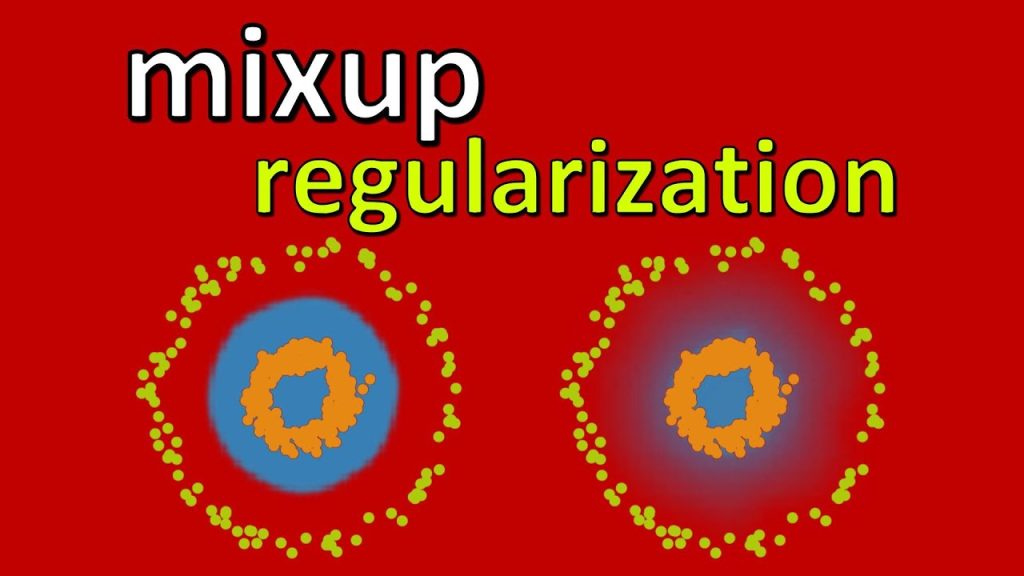Neural Networks often draw hard boundaries in high-dimensional space, which makes them very brittle. Mixup is a technique that linearly interpolates between data and labels at training time and achieves much smoother and more regular class boundaries.
OUTLINE:
0:00 – Intro
0:30 – The problem with ERM
2:50 – Mixup
6:40 – Code
9:35 – Results
Abstract:
Large deep neural networks are powerful, but exhibit undesirable behaviors such as memorization and sensitivity to adversarial examples. In this work, we propose mixup, a simple learning principle to alleviate these issues. In essence, mixup trains a neural network on convex combinations of pairs of examples and their labels. By doing so, mixup regularizes the neural network to favor simple linear behavior in-between training examples. Our experiments on the ImageNet-2012, CIFAR-10, CIFAR-100, Google commands and UCI datasets show that mixup improves the generalization of state-of-the-art neural network architectures. We also find that mixup reduces the memorization of corrupt labels, increases the robustness to adversarial examples, and stabilizes the training of generative adversarial networks.
Authors: Hongyi Zhang, Moustapha Cisse, Yann N. Dauphin, David Lopez-Paz
Links:
YouTube:
Twitter:
BitChute:
Minds:
source

